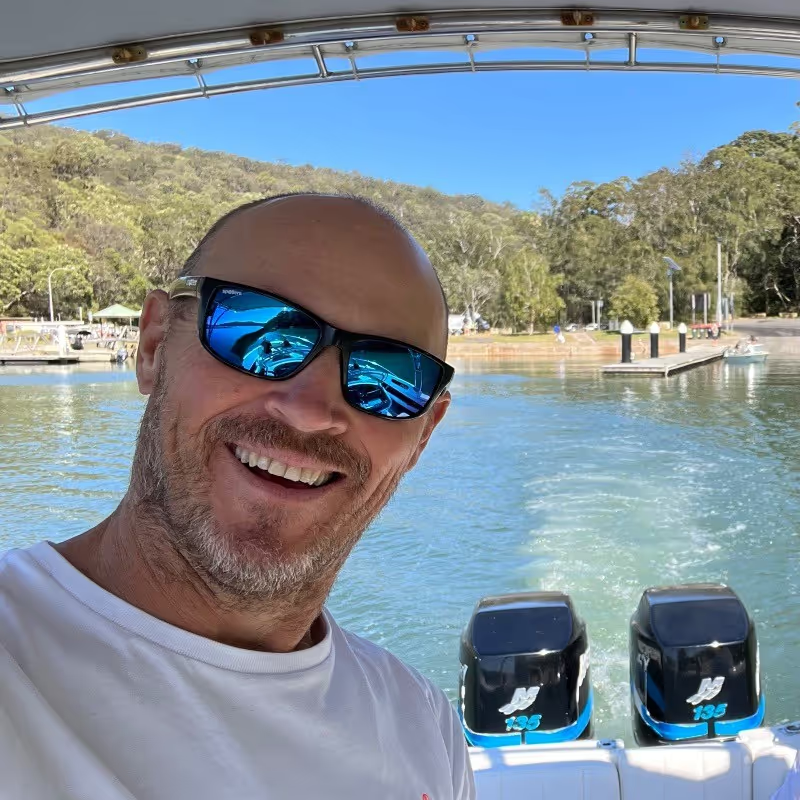Bienvenido a BTS Argentina
When people do the best work of their lives, they create better businesses and a better world.

BTS is the global leader in transforming strategy into action and results through people. With offices in Melbourne and Sydney, we bring over 20 years of experience in the Australian market working with leading companies.
People are the key to successfully executing any strategic initiative. Companies need their people to be aligned with the organisation’s vision of success, generating the right mindset for them to address necessary changes, develop skills, enable transformation and generate amazing business results.
Latest content

Each business revolution has reshaped not only how businesses operate, but how they organize themselves and empower their people. From the industrial age to the information era, and now into the age of artificial intelligence, technology has always brought with it a reconfiguration of authority, capability, and judgment.
In the 19th century, industrialization centralized work and knowledge. The factory system required hierarchical structures where strategy, information, and decision-making were concentrated at the top. Managers at the apex made tradeoffs for the greater good of the enterprise because they were the only ones with access to the full picture.
Then came the information economy. With it came the distribution of information and a need for more agile, team-based structures. Cross-functional collaboration and customer proximity became competitive necessities. Organizations flattened, experimented with matrix models, and pushed decision-making closer to where problems were being solved. What had once been the purview of a select few, judgment, strategic tradeoffs, and insight became expected competencies for managers and team leads across the enterprise.
Now, AI is changing the game again. But this time, it’s not just about access to data. It’s about access to intelligence.
Generative AI democratizes access not only to information, but to intelligent output. That shifts the burden for humans from producing insights to evaluating them. Judgment, which was long the domain of a few executives, must now become a baseline competency for the many across the organization.
But here’s the paradox: while AI extends our capacity for intelligence, discernment, the human ability to weigh context, values, and consequence, is still best left in the hands of human leaders. As organizations begin to automate early-career work, they may inadvertently erase the very pathways and opportunities by which judgment was built.
Why judgment matters more than ever
Deloitte’s 2023 Human Capital Trends survey found that 85% of leaders believe independent decision-making is more important than ever, but only 26% say they’re ready to support it. That shortfall threatens to neutralize the very productivity gains AI promises.
If employees can’t question, challenge, or contextualize AI’s output, then intelligent tools become dangerous shortcuts. The organization stalls, not from a lack of answers, but from a lack of sense-making.
What organizations must do
To stay competitive, organizations must shift from simply adopting AI to designing AI-aware ways of working:
- Build new learning paths for judgment development. As AI replaces easily systematized tasks, companies must replace lost learning experiences with mentorship, simulations, and intentional development planning.
- Design workflows that require human input. Treat AI as a co-pilot, not an autopilot. Embed review checkpoints and tradeoff discussions. Just as innovation processes have stage gates, so should AI analyses.
- Make judgment measurable. Assess and develop decision-making under ambiguity from entry-level roles onward. Research shows the best learning strategy for this is high-fidelity simulations.
- Start earlier. Leadership development must begin far earlier in career paths, because judgment, not just knowledge, is the new differentiator.
What’s emerging is not just a flatter hierarchy, but a more distributed sense of judgment responsibility. To thrive, organizations must prepare their people not to outthink AI, but to out-judge it.

Work today is too complex for individuals to succeed in isolation, and almost every critical decision, innovation, or transformation depends on teams working effectively together. To understand what actually makes those teams work, BTS analyzed 6,702 leader coaching goals and 3,211 leadership team survey responses using our High-Performing Team Assessment model, comparing what leaders say they are working on with what teams say is getting in their way.

At BTS, we’re constantly challenging ourselves to innovate at speed. And right now, it feels like we’re standing at the edge of something massive. The energy? Electric. The velocity? Unprecedented. For many of us, the current pace feels a lot like the early days of the pandemic: disorienting, high-stakes, and somehow exhilarating. And honestly—it should feel that way. Our teams have been tinkering with AI, specifically LLMs, for the past 2.5 years and it has really been in the last eight months that I can see the profound impact it is going to have for our clients, for our services and our operating model.
The opportunity isn’t about the technology. The world has it and it’s getting better by the minute. The issue is people and people’s readiness to adopt it and be re-tooled and re-skilled. It’s about leadership. AI is deeply personal, it’s surgical. In fact, that’s its genius. So, getting full scale adoption of AI, re-tooling everyone in the company by workflow, so that they can invent new services, unlock new customer value, unlock new levels of productivity, even use it for a better life, is the current race. The central question I’ve been wrestling with, alongside our clients and our own teams, is this:
What does AI actually mean for leadership and culture?
And the answer is clearer by the day: AI isn’t just a new toolset. It’s a new mindset. It demands that we rethink how we lead, how we learn, and how we build thriving organizations that can compete, adapt, and grow.
The productivity paradox revisited
Let’s start with the elephant in the boardroom. There’s been a lot of buzz around AI and its promises. But many leaders have quietly wondered: Will any of this actually move the needle? A year ago, we were asking the same thing. We had licenses. We had curiosity. We had early experiments. But the results were modest, a 1% productivity gain here or there. But by April, we were seeing:
- 30–80% productivity gains in software engineering
- 9–12% gains in consulting teams
- 5%-20% improvements in client success and operations
Just as importantly, the innovation unlock and creativity across our platforms due to vibe coding along with new simulation layers, is leading to new value streams for our clients. This isn’t theoretical. It’s not hype. It’s real. The difference? Adoption, ownership, and a shift in how we lead in order to energize the AI innovation within our teams. The challenge now isn’t whether AI creates value. It’s how to unlock and scale that value across teams, geographies, and business units—and do it fast.
Two Superpowers of the Agentic AI Era
In working with leaders across industries, I’ve come to believe in two superpowers (there are more as well) that will unlock the potential of this AI era: Jazz Leadership and a Simulation Culture.
1. Jazz Leadership
Forget the orchestra (although personally I am a big fan.) The successful team cultures that are innovating with AI feel more like jazz. In jazz, there’s no conductor. There’s no fixed sheet music. There are core bars and then musicians make up music on the spot based on each other’s creativity, building off of each other’s trials, riffs and mistakes, build something extraordinary together. This is how experimenting with AI today, in the flow of work, feels like.
For each activity across a workflow, how can new AI prompts, agents, and GPTs make it better, codify high performance, drive speed and quality simultaneously? How can we try something totally different and still get the job done? How might we re-invent how we work? That’s how high-performing teams operate in the AI era. The world is moving too fast for command-and-control leadership, a perfect sheet of music with one leader who is interpreting the sheet music and directing. What we need instead is improvisation, trust, shared authorship, courage and a playful spirit because there are just as many fails as breakthroughs.Jazz leadership is about creating the conditions where:
- Ideas can come from anywhere
- People see tinkering and testing as key to survival and AI failures mean your team is at the edge of what’s possible for your services and ways of working
- Leaders say, “I don’t have all the answers, but I’ll go first, with you”
- People feel “I’m behind relative to my peers in the company” and the company sees this as a good sign because the pace of learning with AI means higher chance of success in the new era
At BTS, we recently promoted five new partners who embody this mindset. They weren’t the most traditional leaders. But they were the most generative. They coached others. They experimented and are constantly re-tooling themselves and others. They inspired movement. They are keeping us ahead, keeping our clients ahead and driving our re-invention. Jazz leaders make teams better, not by directing every note—but by setting the stage for breakthroughs. It is similar to the agile movement, similar to how it felt in Covid as companies had to reinvent themselves. It’s entrepreneurial, chaotic and fun.
2. Simulation Culture
The ability to simulate is a super-power in this next agentic, AI era. Simulation has always been part of creating organizational agility, high performance and leadership excellence. But AI and high-performance computing have transformed it into something bigger, faster, and infinitely more powerful. It means that building a simulation culture is within all of our grasp, if we tap its power.Today, companies simulate:
- Strategic alternatives - from market impact all they way to detailed frontline execution
- New business, new markets and operating models
- Major capital deployment e.g. build a digital twin of a factory before breaking ground
- Initiative implementation
- Workflows current and future
- Jobs to assess for talent and critical role readiness
- Customer conversations and sales enablement motions
With a simulation culture, where you regularly engage in scenario planning and expect preparation and practice as a way of working, billions in capital is saved, cross-functional teams are strengthened, high performance gets institutionalized, win rates increase, earnings and cash flow improves.
Where to get started
Below are a few examples of what leading organizations are doing. Consider testing these in your own organization:
- Conversational AI bot platforms used to scale performance expectations and the company’s unique culture.
- Agentic simulations built into tools so people can prepare and practice with 100% perfect context and not a wasted moment.
- Digital twins of the job created so that certifications and hiring decisions are valid.
- Micro-simulations spun up in hours to align 50,000 people to a shift in the market or a new operational practice.
Final Thoughts
- Lead like a jazz musician. Embrace improvisation, courage and shared creativity.
- Build a simulation culture. Because in a world that’s moving this fast, practice isn’t optional—it’s how we win.
This is a brave new world. Not five years from now. Right now.Let’s shape it—together.

Meetings are a universal ritual in organizational life. While managers on average spend more than half their working hours in meetings, many leaders can’t shake the feeling that meetings are falling short of their potential. Are they advancing the work, or quietly draining energy? At BTS, we study teams not as collections of individuals, but as living systems. This perspective reveals dynamics that traditional methods often overlook. Rather than aggregating individual 360° assessments, we assess the team as a whole to examine how the team functions collectively. Applying that lens to one of the most common team activities (meetings) uncovers patterns worth paying attention to. Drawing on thousands of team assessments in our database, we focused on two meeting behaviors:
- Do teams meet regularly?
- Do team members leave meetings with clear accountabilities and next steps?
Our question: How strongly do these behaviors relate to overall team effectiveness?
What the data revealed
Using data from 1,043 respondents (team members and informed stakeholders) we ran a Bayesian analysis to evaluate the predictive power of each behavior. The results were striking:
- Both behaviors were linked to higher team effectiveness.
- But one mattered far more: leaving meetings with clear accountabilities and next steps was 3.9x more predictive of team effectiveness than simply meeting regularly.
- And teams that often or always wrap up meetings with next steps rated 0.66 points higher on a 5-point scale of team effectiveness than teams who sometimes, rarely, or never close with accountabilities - that's almost a full standard deviation higher (0.96 sd)
Meetings aren’t the problem, muddy outcomes are.
Teams often default to frequency, setting cadences of check-ins or standing meetings. Our data suggest that what differentiates effective teams from the rest is not how many meetings they hold, but what comes out of them. A team that meets less often but ends each session with clear accountabilities will outperform a team that meets frequently but leaves outcomes ambiguous. In other words, meetings aren’t inherently wasted time; they become wasted time when they don’t translate into aligned action.
A simple shift that pays dividends
The good news: improving meetings doesn’t require radical redesign. Small changes reinforce accountability and dramatically increase the value extracted:
- Close with clarity. Reserve the last 5–10 minutes of every meeting to confirm: What decisions have been made? Who owns what? By when? This habit shifts meetings from “discussions” to “decisions.”
- Make commitments visible. Use a shared action log, team board, or project tracker so next steps are transparent, and progress is easy to follow. Visibility builds accountability.
- Assign a “Closer.” Rotating this role signals that closing well is everyone’s responsibility. The Closer ensures the team doesn’t drift into vague agreements, but leaves aligned and ready to act.
When teams adopt these habits, the difference is tangible: less rehashing of the same topics, faster progress on priorities, and a stronger sense of shared ownership. These small shifts compound quickly, making meetings not just more efficient, but more energizing and effective. In a world where teams face relentless demands and limited time, focusing on how meetings end may be one of the fastest ways to improve how teams perform.

What makes us different
Context matters
Because leadership is contextual, you need to understand how to operate in your business
It is all about moments and how you show up
Pivotal moments provide leaders with the daily life reminders to shift their mindset and demonstrate what is needed to achieve the strategy. And these are the practical opportunities for a leader that make a difference and change the culture.
Change mindset, change behaviour
By focusing on mindset shifts and practicing critical moments, leaders can more readily adapt to change and be more connected with their team needs.
Consume how and when you need
Combining personalisation and flexible consumption with strategic relevant and measurable impact.
Empowering Your Organization with Strategy Execution, Leadership, Talent and Succession Solutions
In today’s fast-paced business environment, organizations face numerous challenges in executing strategies, ensuring continuity, preparing for future needs, and cultivating a culture of excellence. At BTS, we understand these challenges and have developed comprehensive solutions that bridge strategy with leadership and talent capabilities to deliver impactful results.

Leadership Development
Great leaders create inclusive communities, empower individuals and teams with higher levels of motivation, and lift organizational results.
Today’s leaders must adapt to the rapidly changing world while maintaining the compassion and humility needed to relate to teams on a human level. BTS has deep understanding and expertise in leadership coaching and development, leveraging diverse methods to equip leaders with the tools to succeed.
Sales & Marketing Strategy
Integrating marketing and sales is transformational.
In today’s market, your sales, marketing, product, and service teams face accelerating buying cycles, fragmented markets, and demanding buyers. BTS has spent years conducting extensive research and working with the world’s best sales and marketing organizations to gain a deep understanding of the critical moments in a buyer’s journey. Leveraging this understanding, we equip your customer-facing teams with the skills and mindsets needed to accelerate results, close sales quickly, and provide elevated service that will keep your clients coming back.

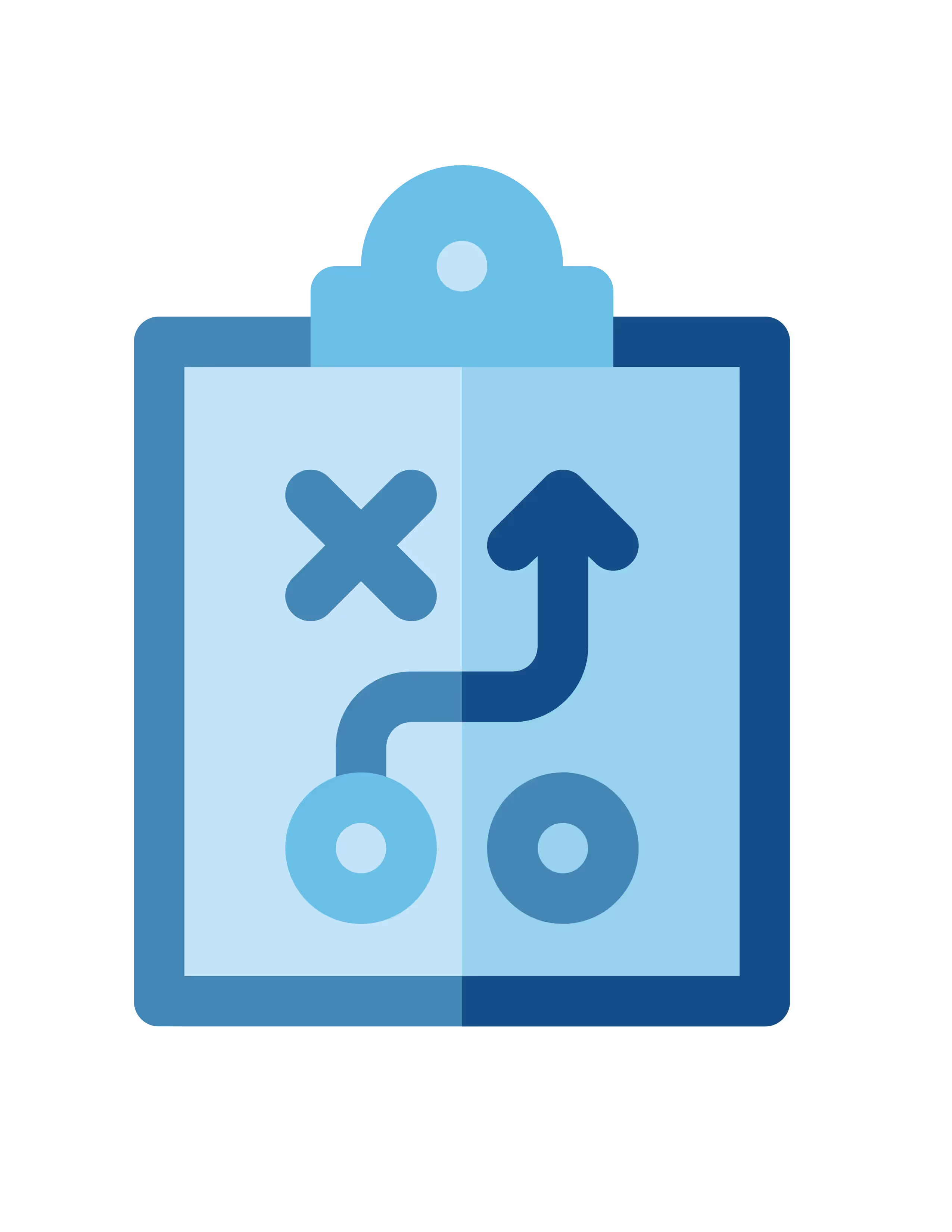
Strategy Execution & Business Transformation
Going from strategy to execution can be a challenging process. To effectively execute new business and culture strategies in today’s constantly changing business environment, leaders must inspire teams to shift their mindsets and behaviors as well as initiatives and ways of working. We also know that change has changed. Traditional change management approaches can’t keep up with today’s business evolution. BTS can help your team understand, adapt, and thrive in new competitive landscapes and cultures, providing you with the alignment and mindset necessary to execute your strategies at scale.



Level up your team’s thinking to an enterprise value mindset
How to leverage strategy modelling and business simulations to break up silo thinking, embed new ways of working, and increase collaboration across boundaries to drive enterprise thinking.
Our Smart Learning Methodology
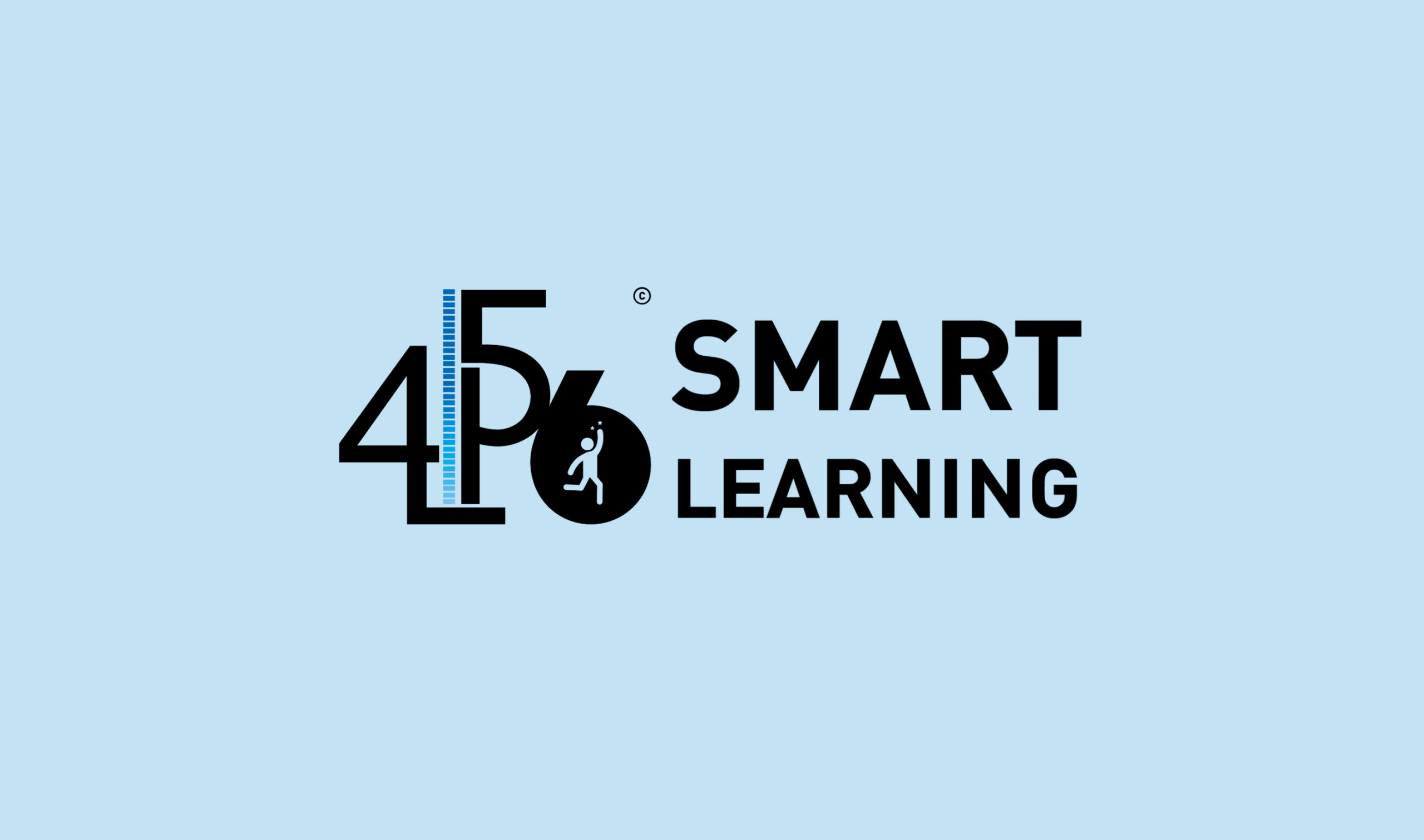

Weaving 4 distinct ways of learning that serves the 70-20-10 development model, creating community and momentum to deliver maximum learning impact.

Process that engages learners to effectively acquire, retain, and apply new mindsets, skillsets, and toolsets in their life and work.
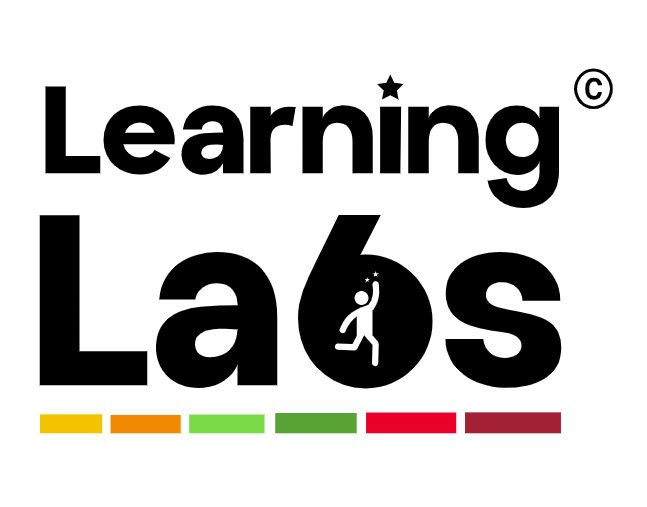
6 targeted application boosters focusing on developing action (application) in real-world scenarios for impact.
Increasing agility for a healthcare organization's HR department
Learn how Netmind, a BTS company, partnered with a hospital's HR department to better develop and retain top medical talent.

Leading during uncertainty
A leading consumer goods business partnered with BTS to equip leaders with the skills to manage through and out of a period of uncertainty.


Working in Australia
Working at BTS means working in an organisation that puts people first. We want to be the coolest consulting firm to work for, and that is reflected in a work environment where you have opportunities to grow from day one.
At BTS Australia you will work with diverse teams, in a meritocratic and fun environment where you will have a lot of exposure both internally and with our clients. You will work with reference organizations from different industries, which will allow you to accelerate your learning curve and never stop learning.
Are you up for it?



Locations & Contact Info











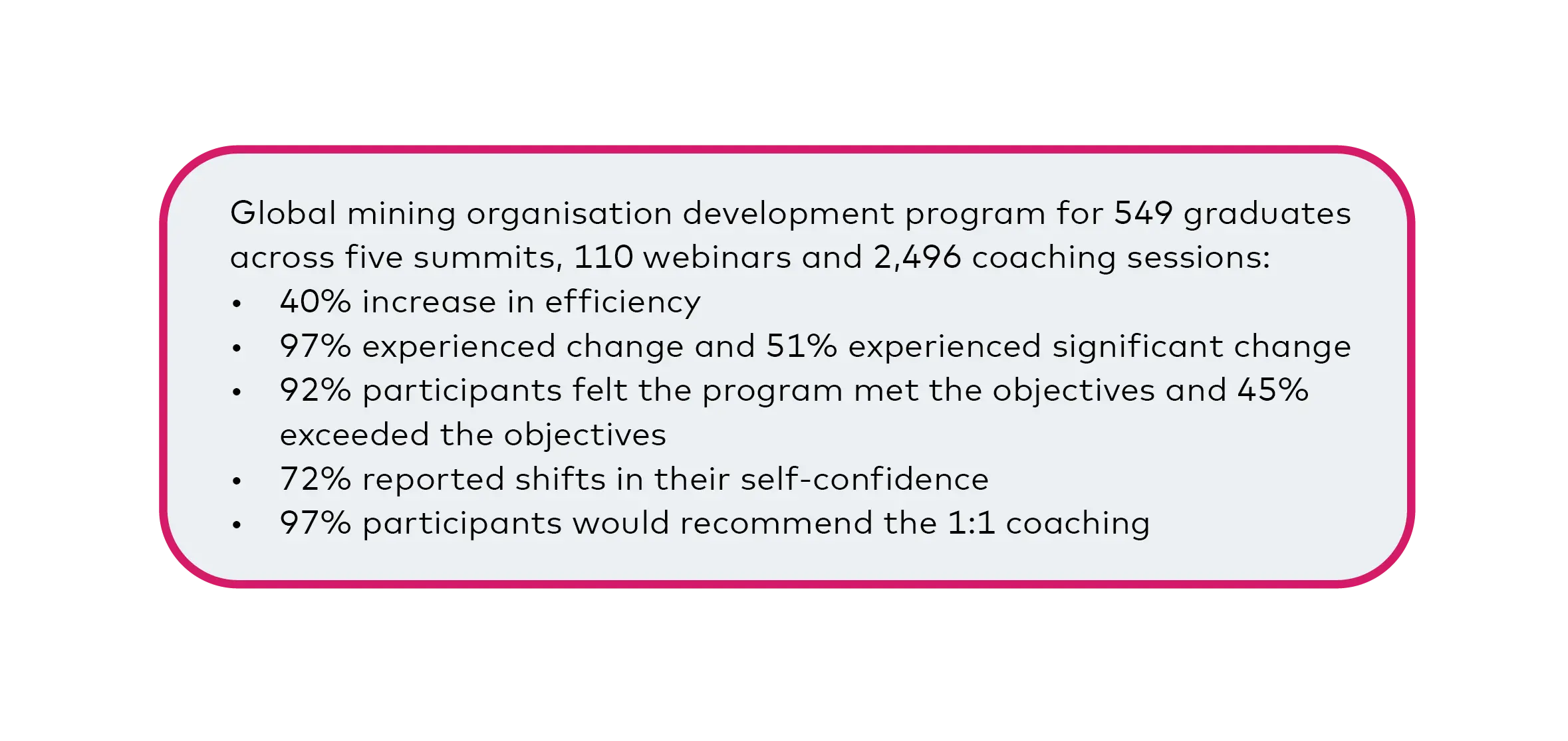


.avif)



